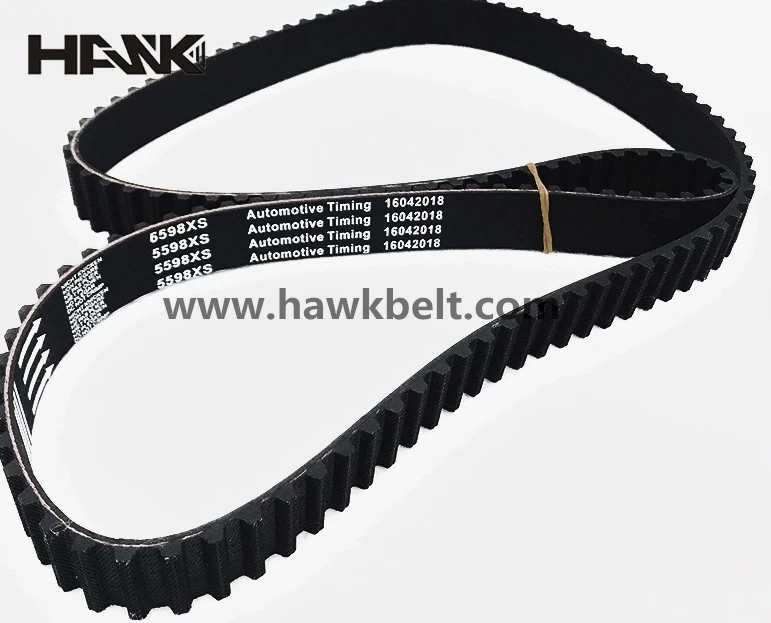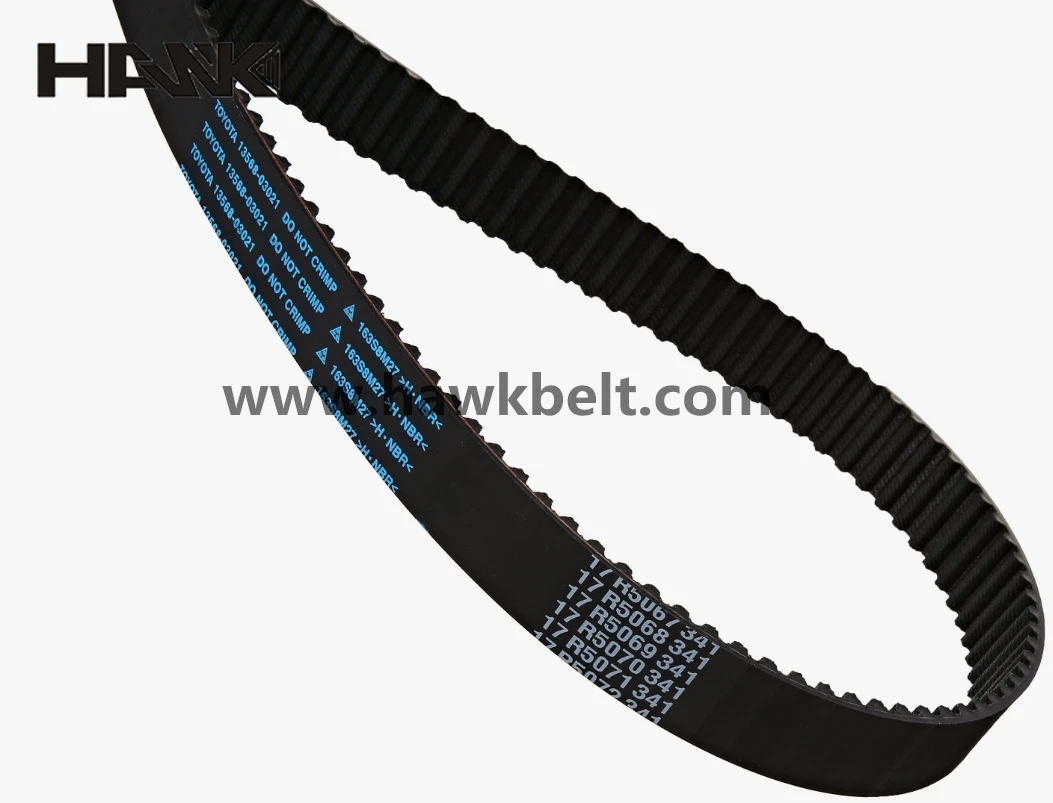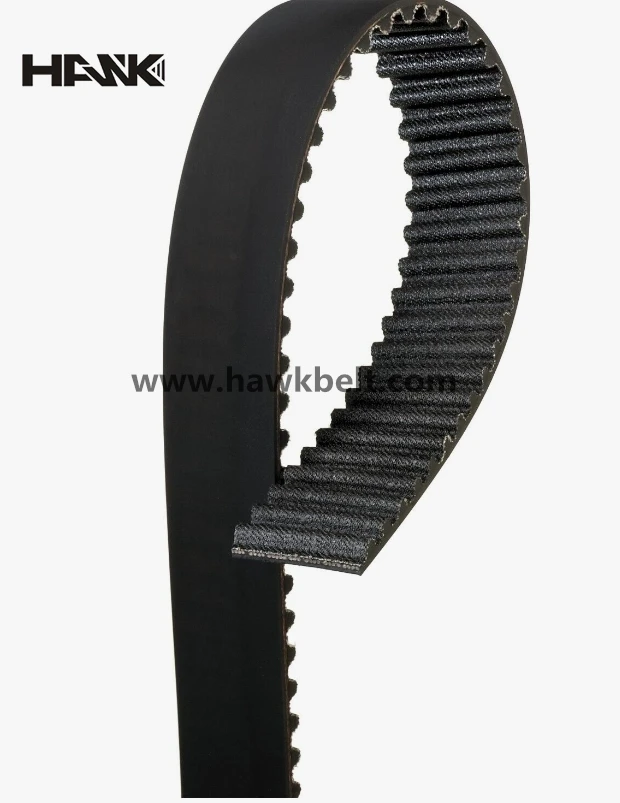- Arabic
- French
- Russian
- Spanish
- Portuguese
- Turkish
- Armenian
- English
- Albanian
- Amharic
- Azerbaijani
- Basque
- Belarusian
- Bengali
- Bosnian
- Bulgarian
- Catalan
- Cebuano
- Corsican
- Croatian
- Czech
- Danish
- Dutch
- Afrikaans
- Esperanto
- Estonian
- Finnish
- Frisian
- Galician
- Georgian
- German
- Greek
- Gujarati
- Haitian Creole
- hausa
- hawaiian
- Hebrew
- Hindi
- Miao
- Hungarian
- Icelandic
- igbo
- Indonesian
- irish
- Italian
- Japanese
- Javanese
- Kannada
- kazakh
- Khmer
- Rwandese
- Korean
- Kurdish
- Kyrgyz
- Lao
- Latin
- Latvian
- Lithuanian
- Luxembourgish
- Macedonian
- Malgashi
- Malay
- Malayalam
- Maltese
- Maori
- Marathi
- Mongolian
- Myanmar
- Nepali
- Norwegian
- Norwegian
- Occitan
- Pashto
- Persian
- Polish
- Punjabi
- Romanian
- Samoan
- Scottish Gaelic
- Serbian
- Sesotho
- Shona
- Sindhi
- Sinhala
- Slovak
- Slovenian
- Somali
- Sundanese
- Swahili
- Swedish
- Tagalog
- Tajik
- Tamil
- Tatar
- Telugu
- Thai
- Turkmen
- Ukrainian
- Urdu
- Uighur
- Uzbek
- Vietnamese
- Welsh
- Bantu
- Yiddish
- Yoruba
- Zulu
srp . 30, 2025 04:00 Back to list
Timing Belt Video Guide: Selection, Design & Quality Insights
Explore the in-depth production process of automotive timing belts, with exclusive focus on the timing belt video journey, quality standards, industry applications, and the featured 5598XS Automotive Timing Belt. This guide delivers advanced data, expert insights, and industry comparisons for engineers, MRO professionals, and procurement teams.
Industry Trends: Timing Belt Evolution and Video Process Insights

The global timing belt market is projected to reach USD 8.7 billion by 2027 (CAGR 4.7%, Source: MarketsandMarkets), driven by the adoption of advanced timing belt materials, precision manufacturing, and digital process monitoring via timing belt video analytics. Manufacturers are shifting towards customized, high-durability belts featuring temperature resistance and extended maintenance cycles. Video documentation throughout production ensures process traceability, quality control, and compliance with ISO 9001 and ANSI standards.
| Parameter | Description | Recommended Value | Industry Standard | Benefit in timing belt video |
|---|---|---|---|---|
| Material Traceability | Tracking raw material batches during production | 100% traceable | ISO 9001 | Auditability & defect source pinpointing |
| Tension Accuracy | Real-time monitoring of belt tension setup | ±2% | ANSI/ASME | Reduction in slip/wear; longevity |
| Tooth Profile Precision | Video measurement of tooth cuts | ±0.15 mm | ISO 13050 | Ensures synchronized timing & transmission |
| Surface Roughness Check | Inspection via high-res timing belt video | <1.2 µm Ra | DIN EN ISO 4288 | Smooth run, less abrasion |
| Automated Defect Detection | AI-based video QA system for surface & edge defects | >98% accuracy | Company specification | Process consistency & yield |
Timing Belt Manufacturing Process Flow Explained (with timing belt video Integration)
(High-strength polyamide fabric, synthetic rubber, glass-fiber cords)
Automated timing belt video for placement monitoring
CNC-controlled temperature, monitored by process video
Precision tools, video for real-time inspection (±0.15mm)*
Automated surface defect & dimension check

- Material: High-density fiberglass/aramid cord, CR/HNBR-rubber matrix, polyamide covering
- Manufacturing Process: Precision tooth molding (CNC), vacuum vulcanization, automated trimming
- Standards: ISO 9001:2015 (QMS), ISO 13050 (tooth profile), ISO/TS 16949 (automotive QMS), DIN-EN-ISO 4288 (Surface Quality)
- Testing: Dynamic fatigue (10 million cycles+), environmental chamber (-40°C to +130°C)
- Process traceability ensured by continuous timing belt video documentation

This combination of advanced materials and video-supported process control guarantees exceptional durability, dimensional consistency, and reliable performance for automotive and industrial applications.
Product Focus: 5598XS Automotive Timing Belt - Technical Specifications & Industry Comparison

| Model | Material | Pitch | Width | Length | Temperature Range | Nominal Lifetime | Certifications | Main Usage |
|---|---|---|---|---|---|---|---|---|
| 5598XS | HNBR, Fiberglass Cord, Polyamide | 8 mm (Synchronous) | 24 mm | 1120 mm | -40°C to +130°C | 110,000 km / 7 Years | ISO 9001, TS16949 | Automotive, Industrial machinery |
| ContiTech CT1137 | EPDM, Glass Fiber Cord | 8 mm | 21 mm | 1120 mm | -30°C to +120°C | 95,000 km / 5 Years | ISO 9001 | Automotive |
| Gates PowerGrip 5598XS Equivalent | CR Rubber, Fiberglass Cord | 8 mm | 22 mm | 1120 mm | -35°C to +120°C | 100,000 km / 6 Years | ISO 9001 | Automotive, Light Industry |

Technical Advantages of Advanced Automotive Timing Belts
- Extended Service Life: 5598XS with HNBR matrix achieves at least 15% longer service life versus conventional CR/EPDM belts (Source: In-house & third-party QA cycle tests).
- Superior Heat & Oil Resistance: Maintains tensile strength and surface integrity under oil and high temp exposure, key for modern engines (see timing belt pdf test reports).
- Optimized Tooth Geometry: Low-noise, high-torque transfer, enhanced by precision video inspection (timing belt video quality validation).
- Environmental Versatility: Stable in temperatures -40°C~+130°C. Outperforms during freeze/thaw cycles, salt spray (anti-corrosion in chemical, mining sectors).
- Certification: Meets ISO 9001, IATF 16949, and automotive OEM requirements; tested per ISO 13050 for tooth geometry and wear.

Manufacturer Comparison: Quality & Features Across Leading Brands

| Brand | Main Material | Lifetime Guarantee | Key Strengths | Typical Application |
|---|---|---|---|---|
| Hawk 5598XS | HNBR, Fiberglass Cord | 7 Years / 110,000 km | Extended heat & oil resistance; Anti-slip tooth form; ISO/TS 16949 | Automotive, Petrochem, Metallurgy |
| Gates | CR Rubber, Polyester Cord | 6 Years / 100,000 km | OEM partnerships; strong U.S. brand; Tensioner sets | Automotive, A/C compressors |
| ContiTech | EPDM, Glass Cord | 5 Years / 95,000 km | Quiet running; broad global presence | Industrial, Automotive |
Customization & Engineering Support: Tailored Solutions for Every Industry
- Custom Pitch & Width: Flexible mold programs for power transmission, robotics, and energy sectors—supported by process timing belt video for prototype validation.
- Industry Adaptation: Reference project—petrochemical dosing pumps, metallurgy rolling lines, water treatment equipment.
- Material Upgrades: HNBR, Kevlar, specialty aramid blends for extreme conditions or FDA requirements.
- Application Engineering: On-demand timing belt video support and step-by-step installation, delivered by AEM-certified engineers.

Application Case Studies: Proven In Field Performance

- Automotive OEM (Eastern Europe): Integrated 5598XS timing belt for mid-size engines (>3 million units, 7 years defect rate <0.03%). Timing belt video-captured root cause analysis for all field inspections.
- Petrochemical Dosing Station, Middle East: 5598XS selected for resistance to chemical splashes, proven with extended service interval (ISO 4288 surface roughness pass).
- Steel Manufacturing (Asia): Custom belt design using video-documented CNC tooth profiling, lowering replacement frequency by 18% (Annual internal report 2022).
- Municipal Water Treatment: Special polyamide-protected belt adopted after timing belt video showed superior corrosion protection versus original belt.
Customer Experiences: Voices From the Field
"We switched to the 5598XS after frequent failures with competing brands. The manufacturing and QC transparency provided via timing belt video convinced our team. Over 30,000 running hours on chemical mixers with zero unexpected downtime." — Procurement Engineer, Petrochemical client, UAE
"The video inspection protocols and ISO/TS certification put Hawk ahead. Installation support and the available timing belt pdf resources made selection and setup easy." — OEM Partner, Europe
Documentation & Downloads
- timing belt video – 5598XS Product Presentation
- 5598XS Timing Belt PDF Datasheet
- Third-party timing belt video: Manufacturing Overview (YouTube)
- Application Success Report (PDF)
FAQ: Professional Technical FAQ
Delivery, Quality Assurance, and Support Commitment
- Delivery Cycle: Standard products shipped worldwide within 7–12 business days (custom runs: 18–30 days; video process available for milestones).
- Warranty: Up to 7 years or 110,000 km (whichever comes first), certified by ISO & TS audits. Product failures analyzed with process timing belt video for cause traceability.
- After-sales: 24/7 technical hotline, spare-part rapid supply, installation guides/videos.
- Certifications: ISO 9001:2015, IATF/TS16949, SGS material conformity, and international OEM approvals.

References & Further Reading
- "Timing Belt Materials and Durability Trends", Industry Today
- "Automotive Timing Belt Design and Failure Diagnostics", SAE International Journal of Materials and Manufacturing
- "ISO 13050:2011 - Synchronous Belt Standards", ISO
- "Comparative Testing of Timing Belts: HNBR vs. CR/EPDM", Belt & Chain Tech Journal (PDF)
- "Timing Belt Maintenance and Installation Best Practices", Engine Builder Magazine
This is the last article
-
Timing Belt Video Guide: Selection, Design & Quality Insights
NewsJul.30,2025
-
High-Performance Variable Speed V Belt Drive for Efficient Power Transmission
NewsJul.30,2025
-
High-Quality 90 Inch Serpentine Belt - Durable & Versatile Options
NewsJul.29,2025
-
High-Performance Timing Belt Cam Belt for Engines
NewsJul.29,2025
-
High-Performance Poly V Ribbed Belt for Efficient Power Transmission
NewsJul.29,2025
-
Serpentine Belt Use: Reliable Car Belt Replacement and Sizing Solutions
NewsJul.28,2025

